
Analysis of Huawei’s latest ADS imaging millimeter-wave radar solution
On April 18, Huawei released the core sensor for ADS (Autonomous Driving Solution), imaging millimeter-wave radar. While it’s hot, let me analyze Huawei’s imaging radar solution.
Huawei’s millimeter-wave radar project in 2019 is set to be mass-produced and delivered in 2021. This part of the delivery should be traditional millimeter-wave radar, that is, angle radar, medium-range radar (MRR) and long-range radar (LRR). And what Huawei re-launched is the imaging radar of 2022 SOP. Let’s take a look at the imaging radar characteristics and technical evaluation as the core component of Huawei ADS. By the way, this article is also the popular science of imaging radar.
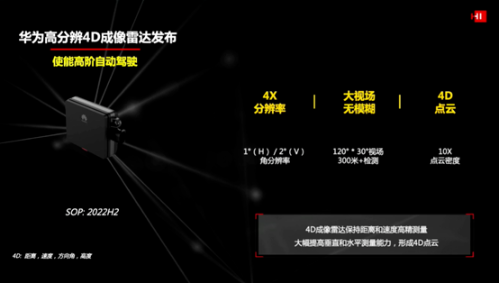
Figure 1 Huawei Imaging Radar
First of all, Huawei adopted the classic FMCW scheme instead of schemes such as PMCW and OFDM. The route is relatively conservative and stable, which should be the result of technical research.
With a high probability, the discrete solution of cascaded RF-CMOS radar RF front-end + back-end baseband processing chip is adopted, which is the mainstream solution for imaging radar at present, and there is no special place.
The far and near scanning scheme is adopted, which is a typical scheme of traditional forward radar, but the FoV of the far and near scanning of traditional forward radar is relatively narrow, and Huawei’s short-range FoV is much wider, but the current imaging radar, such as Conti ARS540, can achieve ±60 °, 300m range environment perception, no distinction between far and near scanning, from Huawei’s product introduction, there is room for improvement from this level.
The antenna scheme, that is, the transceiver channel scheme adopts 12TX24RX, which is indeed different from the 12TX16RX of the current mainstream cascaded imaging radar scheme. That is to say, there are more receiving channels. Huawei PPT also specifically pointed out this point, which is 24 times higher than traditional radars, and 50% higher than the industry’s mainstream imaging radars. These two numbers are correct. At present, the traditional front radar is 3TX4RX, the virtual channel is 12, 12TX24RX, and the virtual channel is 288, 288/12=24. Similarly, the mainstream imaging radar is 12TX16RX, and the virtual channel is 192. A simple calculation can increase the number of channels by 50%.
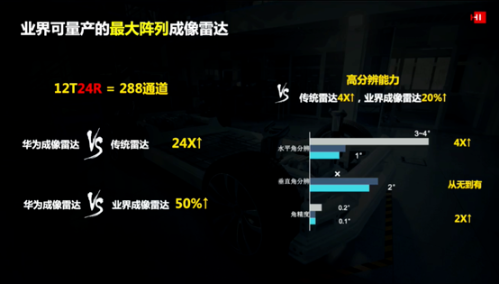
Figure 2 Huawei Imaging Radar Channel Information
It should be pointed out that the purpose of setting more channels is of course to improve the angular resolution, including pitch and level, but it is understandable to use the leading channel number as a commercial propaganda, but it is not enough as a technical propaganda. On the one hand, we need multiple channels. As the saying goes, it is difficult for a clever woman to cook without rice. If there are no multiple channels, of course high resolution cannot be achieved (software algorithm implementation will not be discussed for the time being); on the other hand, with multiple channels, it is equivalent to gamblers having With a good deck of cards, the cook has good ingredients, but the gambler may play the good cards to pieces, and the cook may waste the good ingredients. It means that how to make good use of these 288 channels is where the technical skills are reflected, not just how many channels have been improved. For example, whether these 288 channels are used for DoA, I guess some of these 288 channels are used for calibration, and the actual number used for DoA will be lower than this number. In addition, how to allocate the number of horizontal and pitch channels, how to take into account the angle de-fuzzification design, and at the same time ensure that the antenna layout will not make the radar board too large, etc. Huawei’s solution also considers the allocation of far-scan and near-scan antennas, said To be honest, this part is really difficult. I don’t know how Huawei solved it and to what extent. Of course, there is no need to talk about this at the press conference. We will dismantle a radar and see the layout to analyze it haha.
In addition, the PPT mentioned that the horizontal resolution of the angle is 1°, and the vertical resolution is 2°. I don’t want to just see these cold numbers. I can put some corner reflectors in the calibration room. These corner reflectors are at the same distance and are stationary. , different pitch, different azimuth, see the statistical results of the minimum angle that the radar can distinguish, whether the above indicators can be achieved.
In addition, it also introduced information such as 4D point cloud application, Chinese scene data optimization, flexible architecture (that is, integration levels and solutions), etc. To be honest, it is quite satisfactory, no one has nothing, and the excitement is bright, and only Huawei can do it. People have my best. If you are interested in this part, I have a detailed discussion on the 4D radar section on the public account (millimeter wave radar technology grocery store). If you are interested, you can take a look.

Figure 3 Features of Huawei’s imaging radar technology
I pointed out in the column of millimeter wave radar technology grocery store, the signal processing architecture of 4D radar, that high dynamic range is one of the core features of imaging radar that is different from traditional radar, and it is very critical. Huawei is also paying attention to this. From the test demo video of the conference, you can also roughly see the point cloud of parallel motion of large and small targets, but it is uncertain whether it can be tracked and recognized stably.
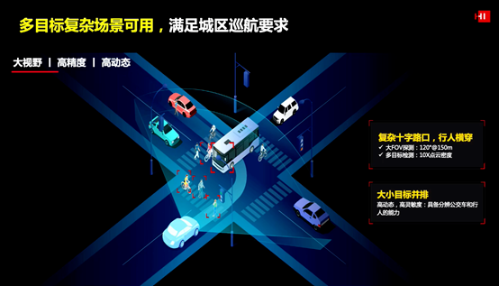
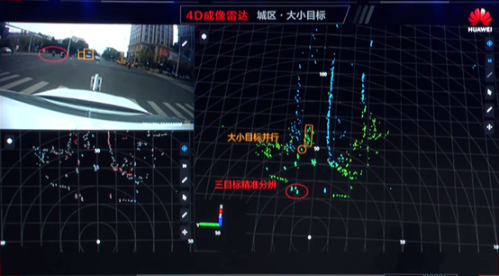
Figure 4 Dynamic range of Huawei imaging radar
The conference also mentioned multi-path processing for non-line-of-sight perception. There are very few domestic radar manufacturers who can share this as a highlight. In fact, the visual solution, lidar and other sensors are all line-of-sight detection, that is, if there is a target blocked, the camera and Lidar cannot perceive the blocked target, because the light cannot turn, but the millimeter wave radar transmits and receives It is an electromagnetic wave, and there is a multi-path propagation phenomenon, that is to say, part of the NLOS electromagnetic wave energy propagates through the underbody of the preceding vehicle, is reflected by the preceding vehicle, and then is reflected back through the underbody of the preceding vehicle to be received by the radar. This point is also mentioned in the public technical data of Continental ARS540, as shown in Figure 6, the related non-line-of-sight propagation technology is 40% higher than that of ARS430.
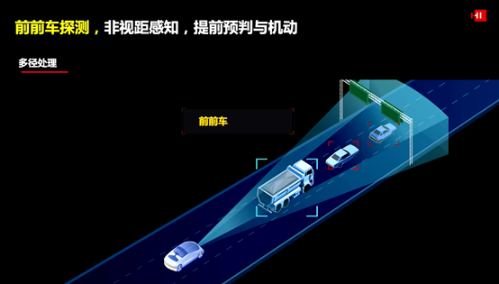
Figure 5 Huawei imaging radar multipath processing
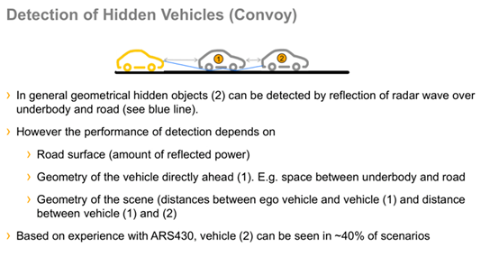
Figure 6 Multipath utilization of continental ARS imaging radar
Figure 7 Huawei’s imaging radar multipath utilization
Other parts of Huawei’s imaging radar, such as guardrail recognition, vertical altimetry, long-range high resolution, Freespace, and radar data fusion, are all mainstream technical features in the industry.
In addition, more technical points related to the imaging radar level have not been disclosed, such as,
1 For 288 channels, whether the radar can self-calibrate reliably, including level and pitch, it is difficult for so many channels to ensure that the phase is correct, and the calibration requirements are extremely high, which is one of the reasons why Oculii promotes its VAI technology.
2 The tracking method is not mentioned. At present, the point cloud information is mainly shared, and the target tracking scheme and effect are unknown.
3. The processing of noise is not mentioned. A serious drawback of millimeter-wave radar is the problem of noise false alarm. Whether Huawei has a unique technical understanding on this is unknown.
4 Mutual interference between radars and anti-interference between radars are issues that must be considered in subsequent radar deployments.
5 For the identification of VRU, traditional millimeter-wave radar is mainly used in high-speed ADAS, and is basically not used in urban areas. Then under the condition of high-speed ADAS, we care about the stable tracking of vehicles. The application of imaging radar is extended to urban areas, and road traffic participants Compared with high-speed ADAS scenarios, the number and type are improved by an order of magnitude, especially for vulnerable groups in road traffic (VRU), including pedestrians, cyclists, people riding battery cars, and people riding motorcycles. Stable detection, tracking of these people, Recognition is the top priority, and I look forward to Huawei’s imaging radar performance in this regard.
6 The other is the consistency, stability, and reliability of mass-produced hardware.
From the public test demo and PPT explanation, Huawei’s imaging radar basically belongs to the first echelon in China, but whether it can gain a firm foothold internationally remains to be seen. After all, ZF, Aptiv, Continental, etc. are all strong opponents.
China’s millimeter-wave radar industry has only really started in the past few years. The road is extremely bumpy, and it is not easy to break through the monopoly of foreign giants. At present, the domestic local enterprises of Jiao Radar are slowly starting to occupy a certain share, and the former radar still has a long way to go. In fact, the realization of the front radar is much more difficult than the corner radar, and the imaging front radar is not an overnight effort, so if we see the point cloud demo, we will cheer, but we are deceiving ourselves. The road is long, and comrades still have to work hard. I feel that Huawei can fully develop its own radar chip in the later stage, give full play to its advantages in the field of chips and communications, and complete leap-forward innovation in various aspects such as chips, hardware, antennas, and algorithms, integrate vehicle radar with communication capabilities, and complete the integration of vehicle communication and perception. , it can not only perceive the environment imaging, but also rely on radar to realize the communication between the workshop, the vehicle and the roadside, it is very interesting, maybe the frequency band is a problem.
The Links: 7MBP75RA120-05 NL8060BC2635AD LCD-COMPANY



